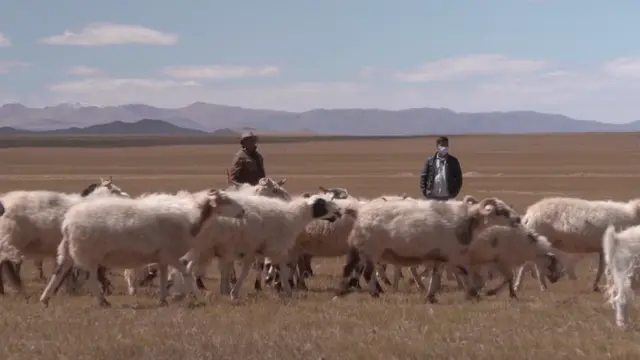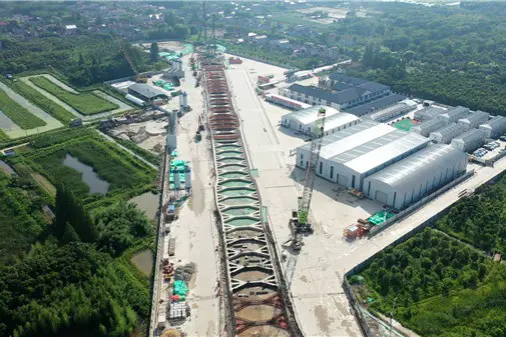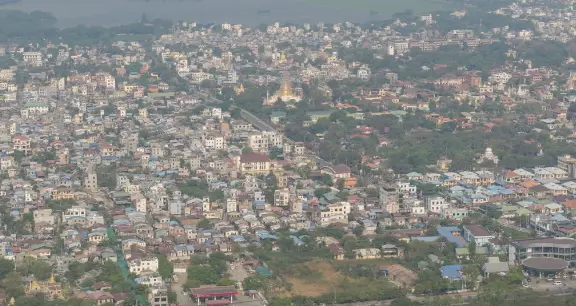Editor's Note : Morag Hobbs is a reporter for CGTN's Rediscovering China. She studied journalism at Edinburgh Napier University, specializing in documentary.
The Changtang National Nature Reserve in southwest China's Tibet Autonomous Region occupies a vast space on the northern Tibetan Plateau, 5,000 meters above sea level. Awarded official status in 1993, it's the third-largest land nature reserve in the world. The park's sheer size means maintaining it as a haven for wildlife is a huge task. But the reserve has found a way to keep both the wild animals and residential communities happy by employing locals as park rangers.
The reserve was originally established to protect its fragile ecosystem. It's home to some of the last remaining herds of wild yak, Himalayan blue sheep and Tibetan antelope. Poaching is still a problem, as Chiru wool can fetch big money if smuggled abroad.

Chinese rangers protect endangered species from poachers on the Changtang National Nature Reserve in southwest China's Tibet Autonomous Region. /CGTN
Today, the reserve employs 780 full-time and 380 part-time rangers. Most come from herding families who have lived on the plateau for generations. Many of them are religious and they feel a spiritual connection with all living things.
"When I heard someone say that the animals were in danger from predators and humans, I wondered where they spent their nights and what they did. I worried about their safety," says Pema Zhaba, a full-time ranger since he left high school in 2017.
Many of his peers were surprised by his choice of job, but for Pema Zhaba, becoming a ranger was an easy decision to make. His father, Gagya Dalmang, has been a part-time ranger and vet on the plateau for many years, long before the park got official status. When Gagya started out, his patrols would take up to five days on foot or horseback. Now, a motorcycle makes the trip much shorter. But even on two wheels, it's no easy task to check on the animals in an area of 800 square kilometers.
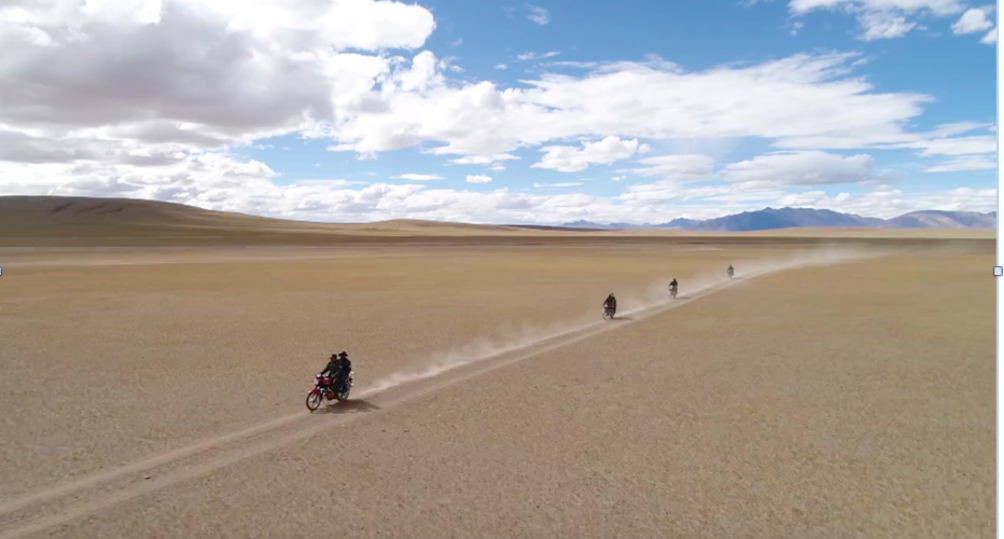
Rangers cover an area of 800 square kilometers on motorbikes. /CGTN
The rangers monitor more than 20 wild animal species, many of which enjoy the highest level of official protection. Apart from teaching the local communities about wildlife protection, they also check incoming vehicles, report illegal activities and remove obstructive fencing.
The herders rely heavily on fencing to keep the livestock in and, more importantly, wild animals such as lynxes and leopards, out. However, as Gagya Dalmang points out, these fences don't protect the wildlife. "Many animals get trapped in them and die of thirst or starvation," he says. Also, "They block the animals' route to pasture and water."
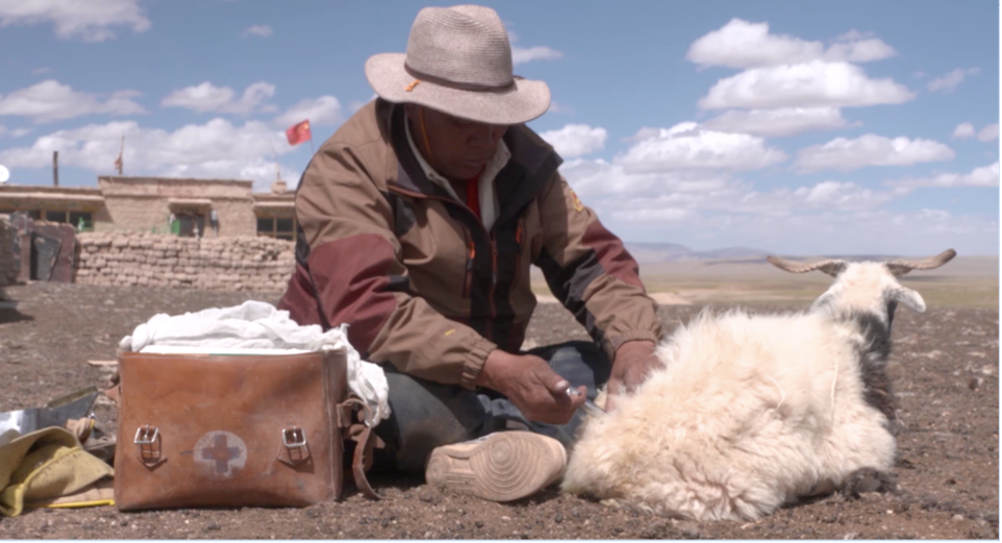
Gagya Dalmang treats an injured sheep. /CGTN
Coming face-to-face with a lynx or wolf may seem scary, but it's by no means the most dangerous aspect of the job.
In 2002, in an exchange of gunfire with poachers, police officer Norbu Yugie was shot and killed while sitting in his car. The Norbu Yugie Station was named after him. This is one of the accepted risks of the job for the unarmed rangers.
But their work has not been in vain. The rangers here have contributed to an increase in the Tibetan antelope population in the reserve from 50,000 to 200,000, and the numbers of other endangered wildlife are also on the rise.
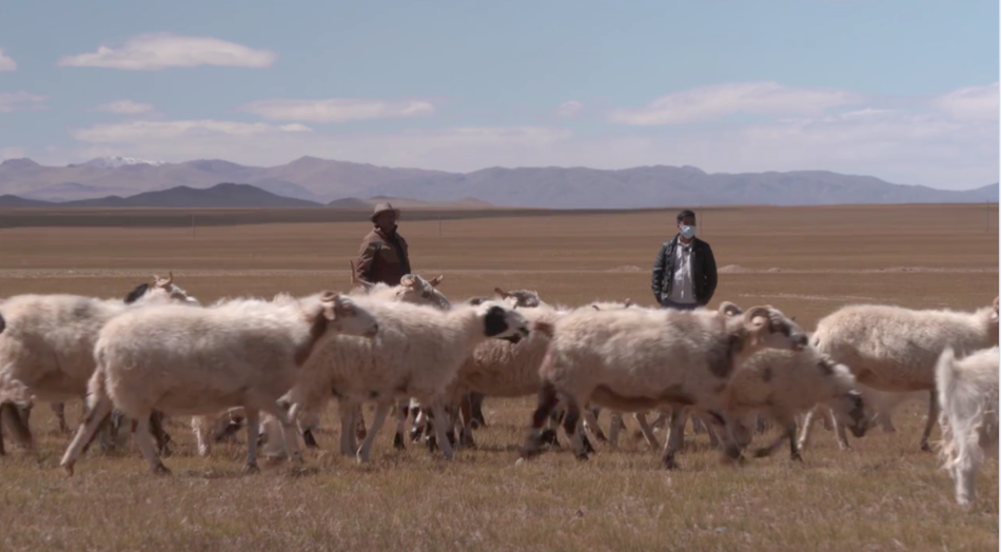
Many of the ranges are still herders. /CGTN
For those who live and work in the area, it is more than just a job. It's a way of life. Gagya Dalmang speaks proudly of what they are doing. "I want to be a part-time ranger until I die," he says. "My son's also protecting the wildlife. It's been the family's career for generations. Such long-term protection will ensure that the number of wild animals increases. Future generations will tell this story. This is how we're making our name."
(If you want to contribute and have specific expertise, please contact us at [email protected].)
 简体中文
简体中文

